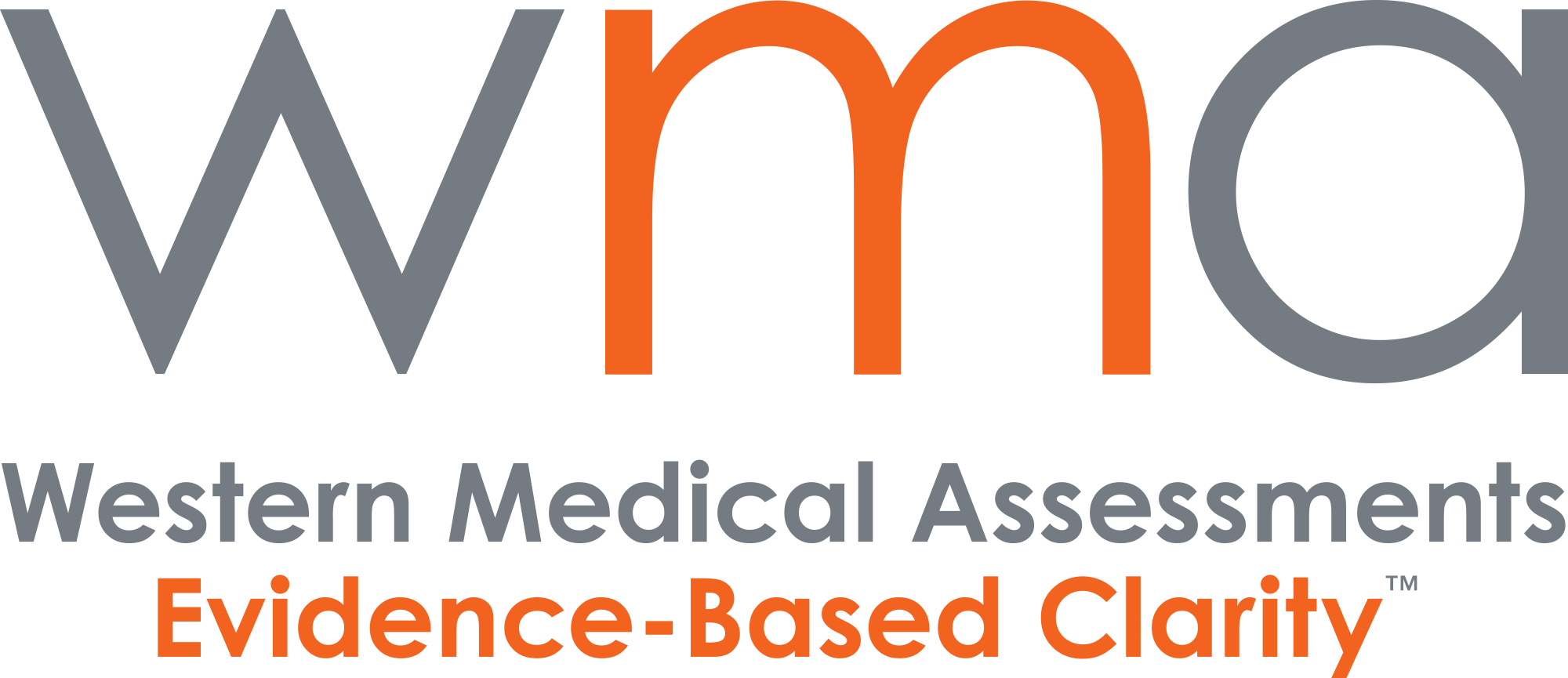
When an accident happens at work, of course the most important thing is the health of the injured worker and preventing a reoccurrence. We’ve covered where the costs of a workplace accident come from and how direct and indirect costs can really a hit a company’s bottom line.
So, now let’s look in more detail at how Independent Medical Examinations (IMEs) can be a great tool for reducing that hit and allowing companies to reallocate budgets for other corporate objectives.
What Does an IME Do?
An IME allows an employer to obtain clarity with regards to a health-related workplace injury or absence. With a medical examination performed by an independent expert, you eliminate any bias that may arise from a relationship with a person’s GP.
With the IME report, you reduce the chance that the employee receives excessive treatment, and have an opportunity to assess the potential for malingering.
How an Independent Medical Examination Reduces Cost of Injury
“The body has a remarkable ability to heal itself, otherwise we wouldn’t live so long!” Western Medical Assessments’ Medical Director Dr. Roger Hodkinson says. “This is often forgotten in cases of injury where there is not orthopedic trauma. Pains and sprains do heal naturally.”
The point of an IME with regards to a workplace absence comes down to achieving two things. One is discovering if a disease or other medical issue is indeed present, and if so its extent and an appropriate level of evidence-based treatment.
If a medical condition is not as severe as originally reported — or absent entirely — then the employer reduces their liability with regard to enduring the costs of accommodation, increased premiums, and ultimately the possibility of litigation and bad press.
If the injury is likely to heal itself rather than require a lengthy treatment regime, an IME may provide this information and allow a speedier and safer return to work without medicalizing the issue.
The other point of an IME is expediency — it happens a lot faster than waiting for the GP to make a referral to a specialist and avoids the frustration of the GP setting multiple return to work dates that never end up happening. The cost of an injury doesn’t increase linearly, but logarithmically. An earlier resolution means enormous cost savings compared to what comes further down the line.
When is the Right Time for an IME?
Certainly, not every situation calls for an IME. If a GP’s note appears reasonable and you don’t see any red flags with the employee, many return to work issues are simple affairs best left to work themselves out. Many employees are eager to get back to work as quickly and safely as possible.
But if the GP note is vague, if you’re having trouble getting information, if there’s no referral to a specialist, and you’re approaching the limit of STD, that’s a good time to reach out at and least have a conversation with an expert about having an IME performed.
If that sounds like your situation, don’t hesitate to give our Medical Director Dr. Roger Hodkinson a call at +1 780 433 1191. He’s handled decades of workplace injury incidents and is always ready to provide some helpful advice.
Ready for the next step in a healthy return to work process?

